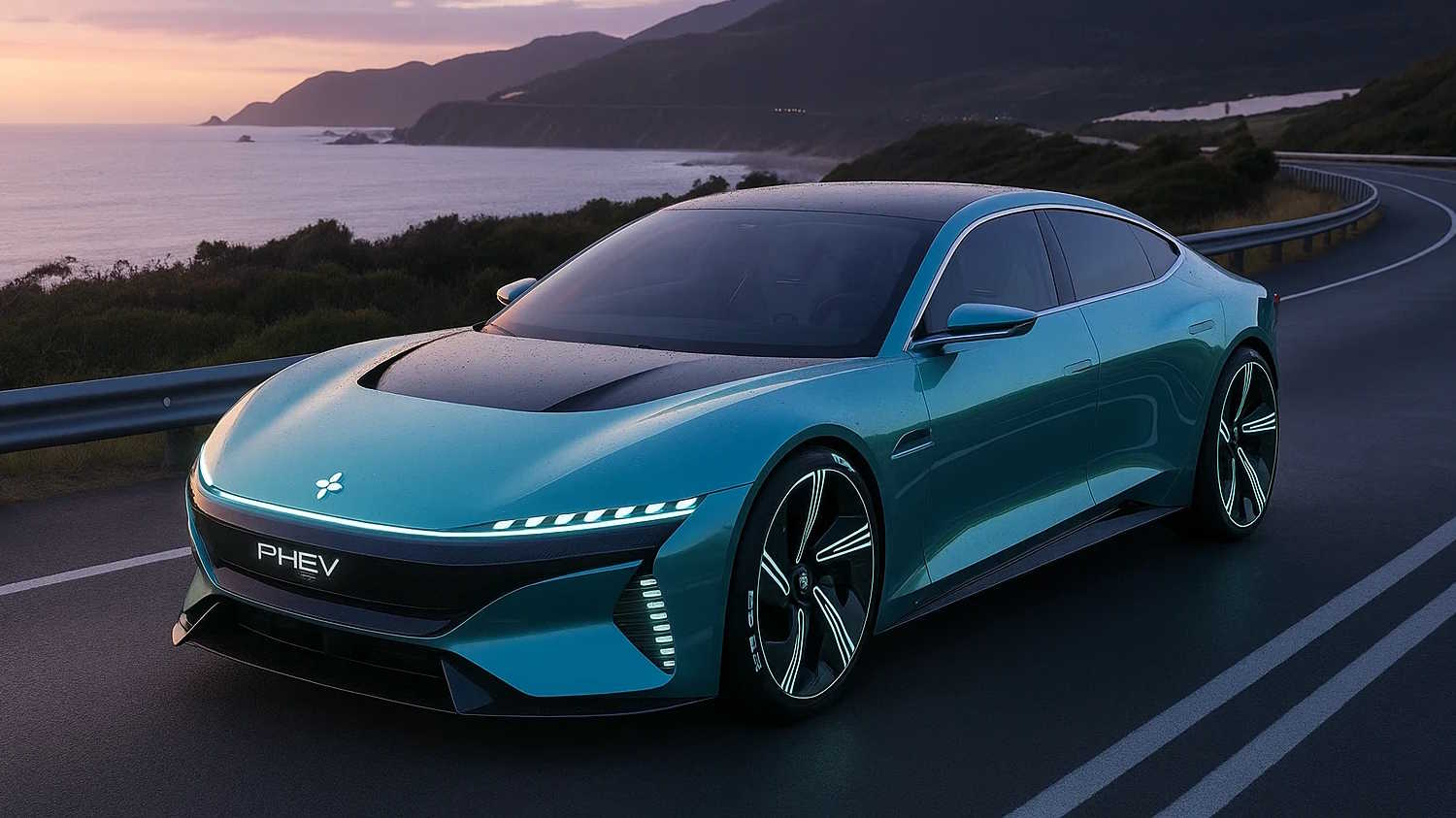T&E study on 127,000 cars: plug-in hybrids emit 135g CO2/km, 5 times the declared amount. Extra costs $550/year for motorists.

Table of contents
Plug-in hybrid electric vehicles (PHEVs) emit on the road nearly five times more CO2 than stated in registration documents. This is according to a new analysis by Transport & Environment (T&E), a European organization for transport decarbonization, which examined real-world consumption data from 127,000 vehicles registered in 2023.
The emissions gap by the numbers
According to the study, based on data from the European Environment Agency, PHEVs (Plug-in Hybrid Electric Vehicles) emit an average of 135 grams of CO2 per kilometer in real-world use, compared to about 30 grams declared in official WLTP tests. A value that comes dangerously close to the 166 grams average of traditional gasoline and diesel cars, with a difference of just 19%.
The discrepancy arises from the difference between simulated conditions in type-approval tests and daily vehicle use. Official tests assume optimal use of the electric component that rarely occurs in reality, with batteries often not charged and routes that frequently require the intervention of the combustion engine.
The electric mode paradox
A particularly significant finding concerns the behavior of plug-in hybrids even when traveling in fully electric mode. The data shows an average consumption of 3 liters of gasoline per 100 kilometers (78 mpg), which translates to 68 grams of CO2 per kilometer, over eight times the value indicated in official tests.
The phenomenon is explained by the limited power of the electric motors installed in these vehicles. In situations of sustained speed or on uphill routes, the system automatically activates the combustion engine to provide the necessary power. On average, the combustion engine contributes about one-third of the distance traveled even when the driver selects electric mode.
The economic impact on motorists
The differences between declared and real consumption translate into significant additional costs for those driving these vehicles. According to the analysis, an average motorist spends approximately $550 more per year on fuel and charging than expected, a 50% increase over anticipated costs.
To this is added the higher purchase price. Bloomberg Intelligence indicates that in 2025 the average selling price of a plug-in hybrid in Germany, France and the United Kingdom stands at $61,300, approximately $16,700 more than the average cost of a battery electric car.
The larger battery paradox
Counterintuitively, PHEV vehicles with greater electric range show higher emissions. Models with a range exceeding 47 miles (75 kilometers) emit on average more CO2 than those with a range between 28 and 47 miles (45 and 75 kilometers). The additional weight of larger batteries increases both fuel consumption when the combustion engine is running and the energy required in electric mode.
Among the manufacturers analyzed, Mercedes-Benz presents the largest gap between official and real emissions, with average values 494% higher. The GLE-Class model records the highest deviation, with real emissions 611% higher than those declared. Other major European manufacturers show real emissions approximately three times higher than official data.
The ongoing regulatory debate
The issue takes on particular relevance in the context of the European debate on the energy transition of the automotive sector. The automotive industry is asking the European Union to revise the “utility factors,” the corrections introduced to progressively align the evaluation of PHEV emissions with real data. Manufacturers would also like to continue selling plug-in hybrids even after 2035, the date set for the ban on combustion engines.
Andrea Boraschi, director of T&E Italy, calls plug-in hybrids “one of the biggest bluffs in automotive history,” emphasizing how ten years after their launch these vehicles continue to fail to deliver on their promises in terms of emissions reduction.
The discussion touches on the principle of “technological neutrality” often invoked by the industry, according to which all technologies should compete on an equal footing in the path toward decarbonization. However, the data presented suggests that considering plug-in hybrids on par with zero-emission vehicles could slow investments in pure electric technologies, considered more effective in reducing emissions.
The debate remains open as Europe prepares to review automotive emissions regulations, with significant implications for the industry, consumers and the continent’s climate goals.
Source: T&E
